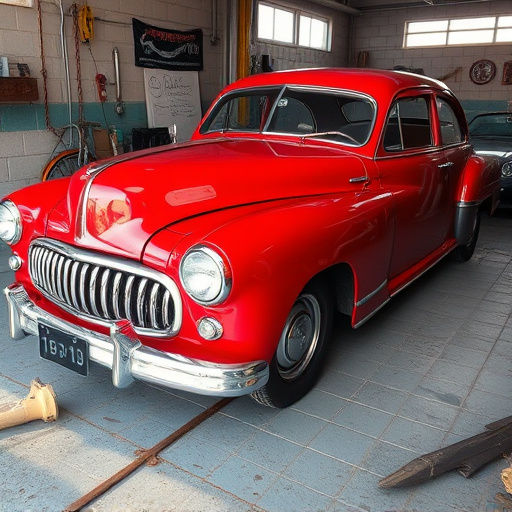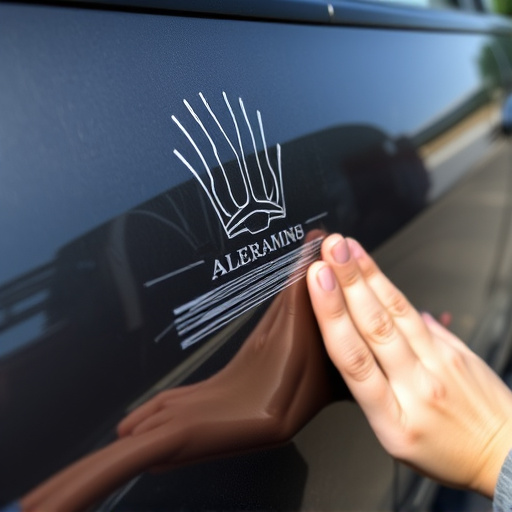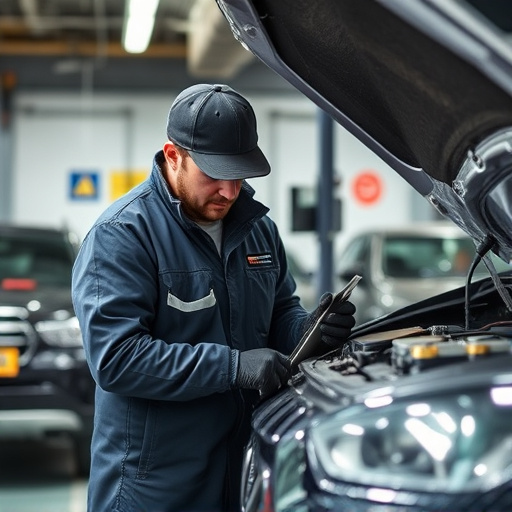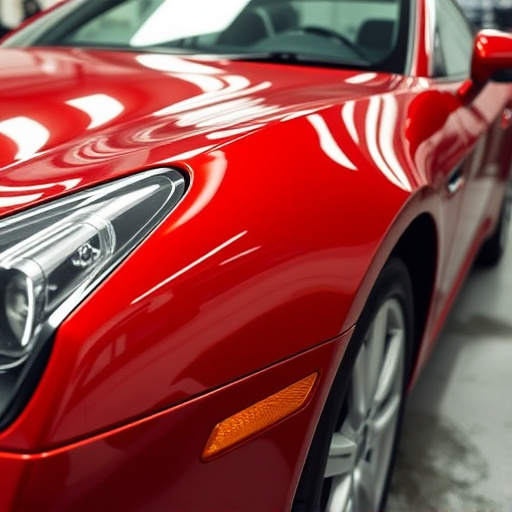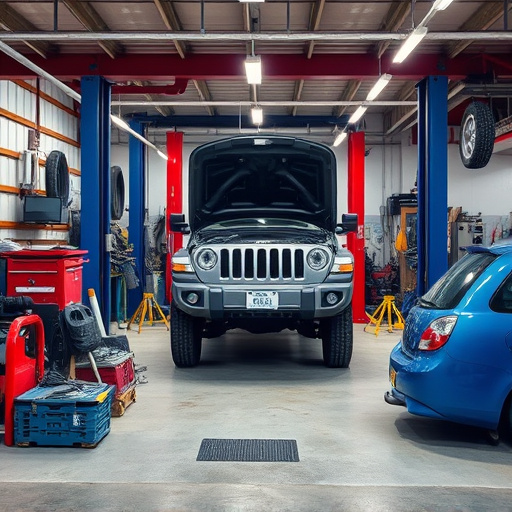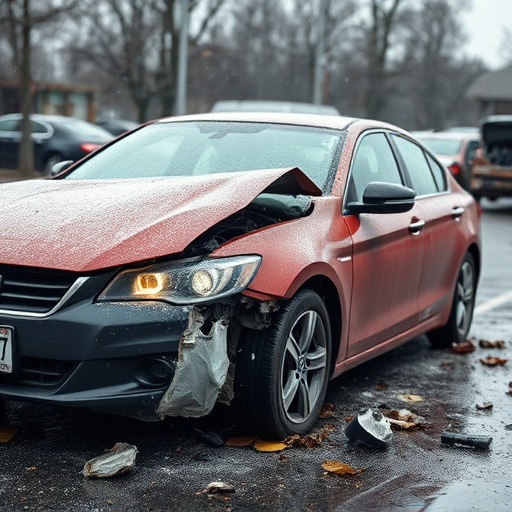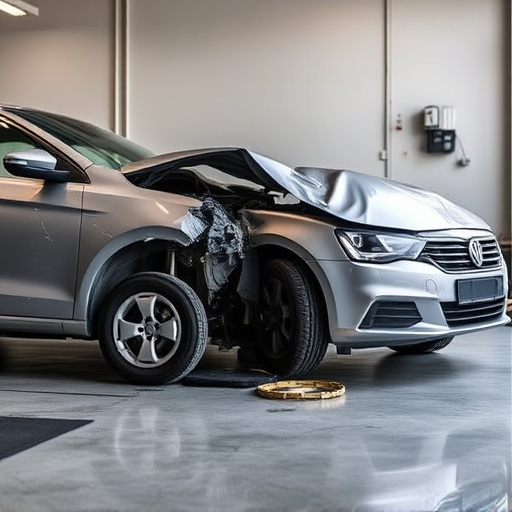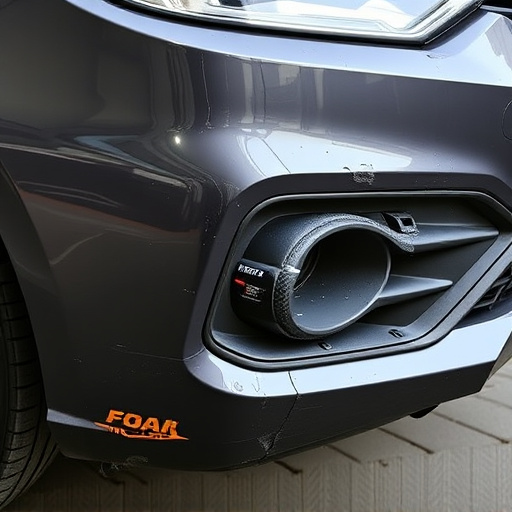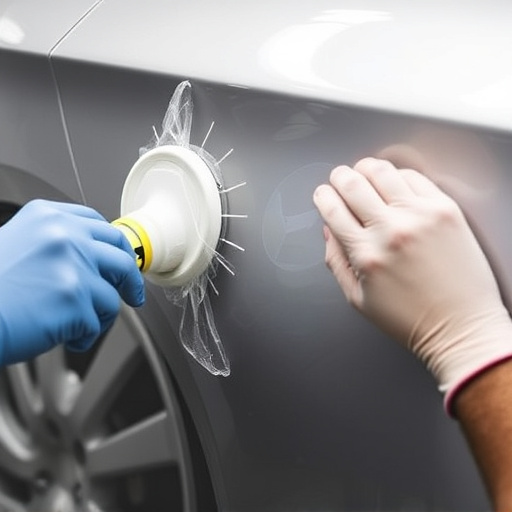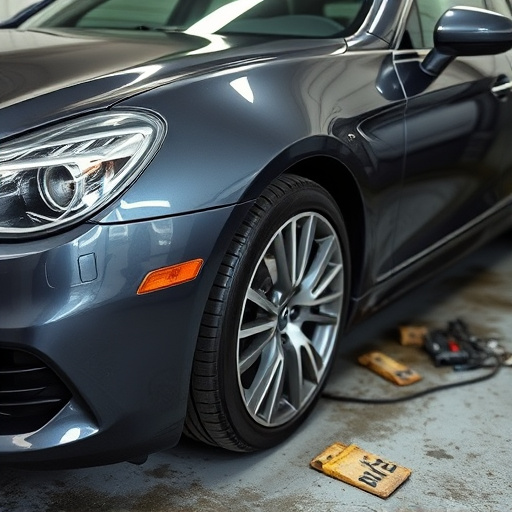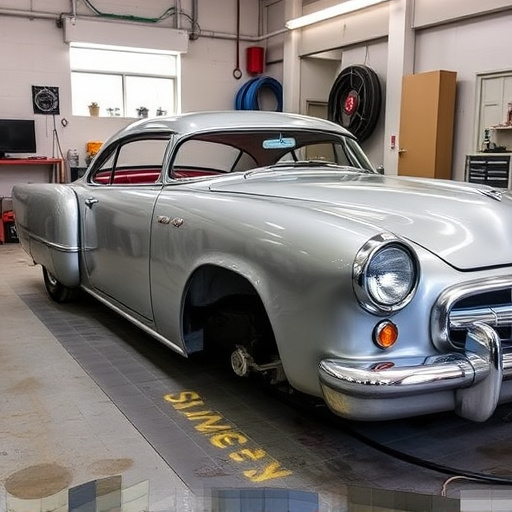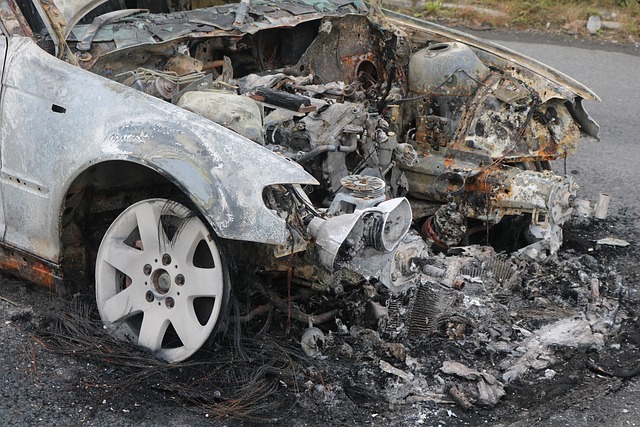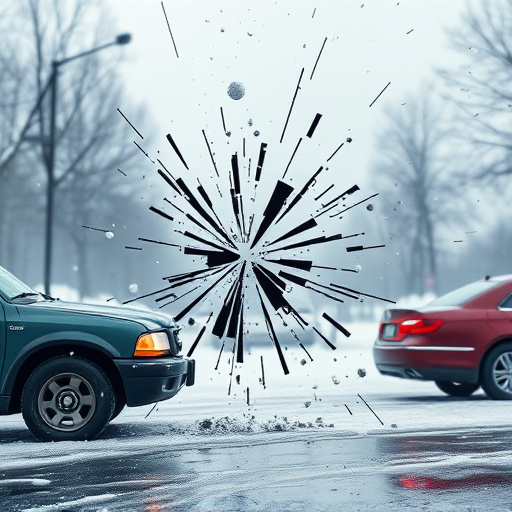Hydraulic frame machines are essential for automotive repair, offering precise material manipulation through hydraulics and metal frames. In car scratch repair, aligning machines with the frame ensures high-quality results and maintains vehicle body integrity. Technicians optimize these machines by understanding material demands, using proper techniques, and adhering to manufacturer guidelines. Advanced tools like laser alignment and CAD software enhance precision in complex bodywork repairs, ensuring optimal performance and safety.
In the realm of industrial machinery, aligning frames with hydraulic machines is a critical process ensuring optimal performance and longevity. This comprehensive guide delves into best practices, offering insights on understanding hydraulic machines and their intricate relationship with frames. By exploring essential considerations, from precision measurements to safety protocols, we equip readers with the knowledge to master frame alignment using effective techniques. Streamline your operations and unlock the potential of your hydraulic frame machines.
- Understanding Hydraulic Machines and Frames
- Essential Considerations for Alignment
- Effective Techniques for Frame Alignement
Understanding Hydraulic Machines and Frames
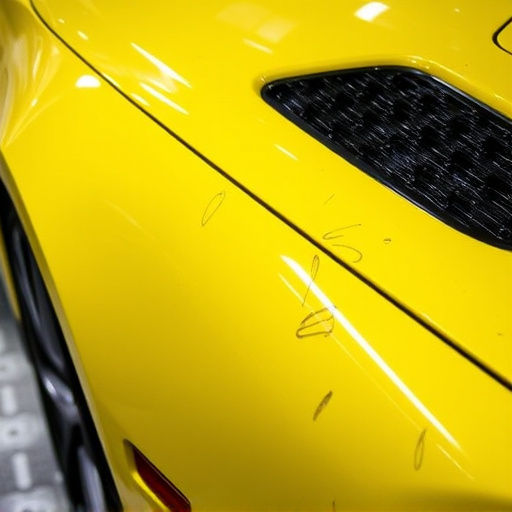
Hydraulic machines and frames are integral components in industries such as automotive repair and vehicle body shops. Understanding their interplay is crucial for achieving precision in tasks like car scratch repair. A hydraulic frame machine, in essence, combines the power of hydraulics with a robust metal frame to create a versatile tool capable of shaping and forming various materials. The frame acts as the backbone, providing stability and support while the hydraulic system generates the force required for manipulation.
In the context of automotive repair and car scratch repair specifically, aligning frames with hydraulic machines ensures that each operation is executed with precision and consistency. This alignment is critical for maintaining the integrity of vehicle bodies and ensuring high-quality finishes in the vehicle body shop. By understanding the unique demands of different materials and tasks, technicians can optimize their hydraulic frame machines to deliver exceptional results in even the most intricate car scratch repair scenarios.
Essential Considerations for Alignment
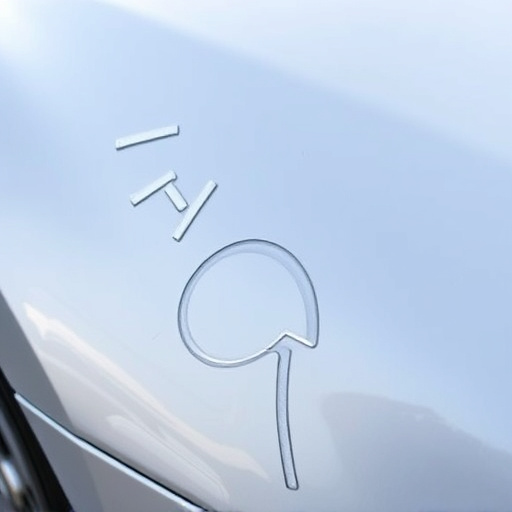
When aligning frames with hydraulic machines, several crucial considerations come into play to ensure precision and safety in auto body shops or automotive repair facilities. The primary goal is to achieve accurate measurements and adjustments, especially when dealing with complex vehicle structures. One of the essential steps is to verify the machine’s calibration, as even a slight error can lead to misaligned frames, impacting the structural integrity of vehicles, from everyday cars to luxury vehicle repairs.
Proper training for technicians handling hydraulic frame machines is vital. They should understand the unique characteristics of different vehicle models and their respective frames. This knowledge allows them to tailor alignment procedures, ensuring that each luxury vehicle repair or automotive repair process aligns with specific manufacturer guidelines. Additionally, using high-quality tools and regularly maintaining equipment can prevent misalignments, benefiting both auto body shops and customers seeking precise frame alignments for their vehicles.
Effective Techniques for Frame Alignement
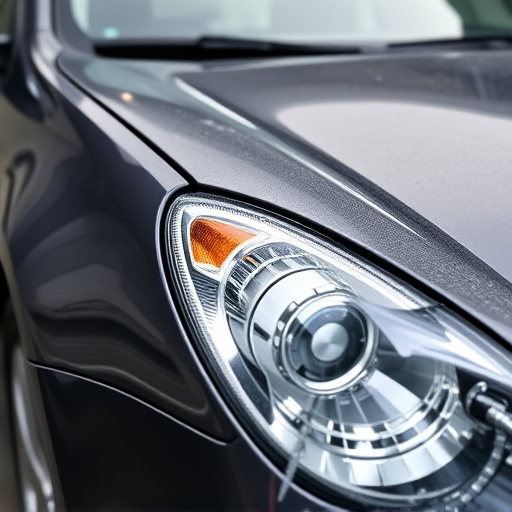
Achieving precise alignment for hydraulic frame machines is a delicate art that requires a systematic approach. One effective technique involves utilizing advanced laser alignment tools to ensure exact measurements and adjustments. These tools project visible light beams, allowing technicians to quickly identify misalignments in various components, including suspension systems and steering components.
Additionally, the integration of computer-aided design (CAD) software enhances frame straightening processes. CAD systems enable detailed digital simulations of the vehicle’s structure, facilitating precise planning for adjustments. This technology is invaluable when dealing with complex geometry, especially in vehicle bodywork repair after hail damage. By combining these modern techniques, technicians can efficiently restore vehicles to their original specifications, ensuring optimal performance and safety in applications such as frame straightening and hail damage repair.
Aligning frames with hydraulic machines is a critical process that ensures optimal performance, efficiency, and longevity. By understanding the intricacies of hydraulic systems and frames, along with adopting best practices for alignment, operators can maximize productivity while minimizing downtime. Incorporating these effective techniques for frame alignment into daily maintenance routines will result in smoother operations and enhanced reliability for any industrial application involving hydraulic frame machines.
